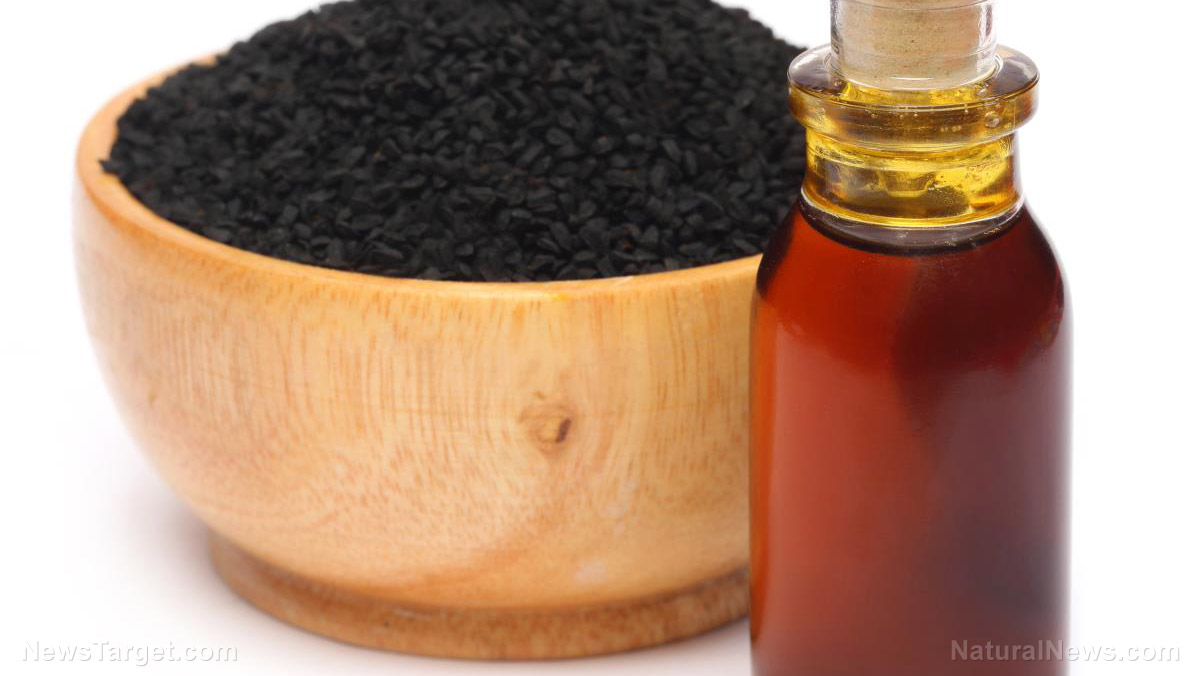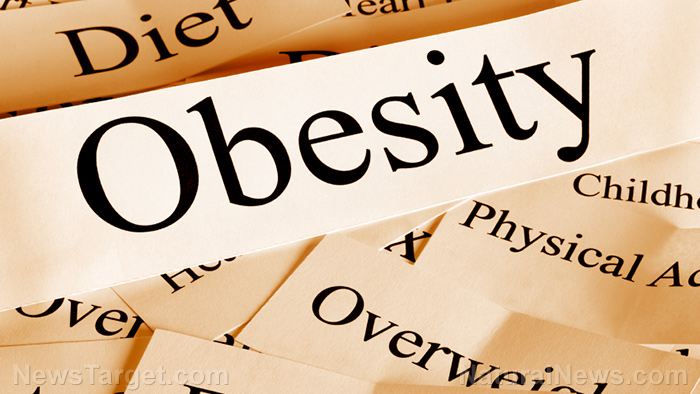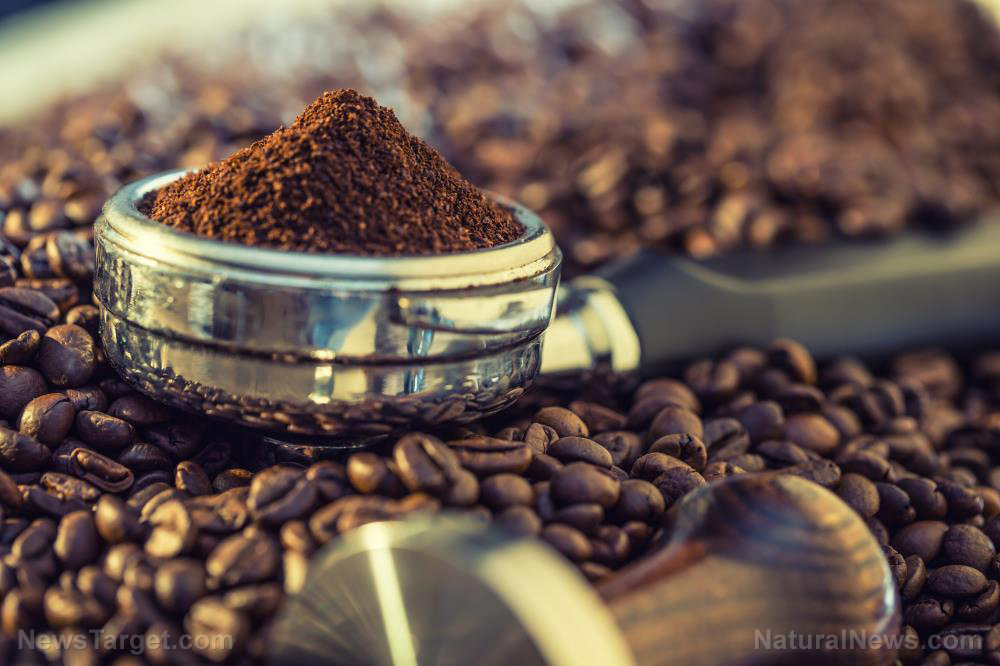The bigger the waistline, the smaller the brain? Shocking new research links obesity to less gray matter
05/08/2019 / By Lance D Johanson

Excess body fat is a sign that more serious health issues are en route. Several studies show that obesity is a precursor to diabetes, heart disease, arthritis, and cancer. Now, a shocking new study links obesity to less gray matter. As the brain shrinks, a person becomes at greater risk for serious conditions such as dementia.
This is terrible news for a majority of people living in the United States. About 75 percent of adult males and 60 percent of adult females fall into the overweight or obese category. What they don’t know is that their brain is getting smaller, not because of age, not because of genetics.
The research, published by the American Academy of Neurology, compared body mass index (BMI), waste-to-hip ratio, and total fat mass, with the MRI brain scan of 9,652 people. Out of this cohort, nineteen percent were either overweight or obese. According to MRI scans of this group, those with the greatest BMI and waist-to-hip ratio also had the lowest gray matter volume. The researchers adjusted for other factors that affect brain mass, including physical activity levels, high blood pressure, smoking, and age.
The study concluded, “The combination of heightened BMI and WHR may be an important risk factor for gray matter atrophy.” When the orbitofrontal cortex shrinks, a person becomes more impulsive; this can lead to a downward spiral of uncontrolled eating habits. As the fat builds, the excess fat cells also release hormones that trigger inflammation. This inflammation further hinders the brain cells, impairing memory.
Staying in shape and protecting the brain cells are equally important
The gray matter of the brain contains most of the nerve cells. These nerve cells are associated with things like physical movement, coordination, and self control. The cause and effect relationship between weight gain and brain shrinkage could work both ways. If a person gains weight, will their brain slowly begin to shrink, hindering their ability to adapt? On the contrary, what if important nerve cells involved with physical movement and self control are killed off first, making it harder for the person’s brain to desire physical movement and stay in shape? It’s important to stay in shape to prevent brain shrinkage, but it’s equally important to protect the nerve cells from the scourge of neuto-toxic elements.
Protect the brain:
The first way to protect the brain is to avoid neuro-toxic elements. Aluminum salts, commonly used as adjuvant in vaccines, are a primary source of exposure. As explained by aluminum toxicology expert Chris Exley, aluminum salts from “immunizations” are taken up into the cytoplasm of immune responsive cells and delivered throughout the body. Aluminum cookware, cans, and deodorants also introduce aluminum particles into the body. Aluminum tends to accumulate in the brain and destroys nerve cells. (Related: Aluminum Defense product in development to remove neurotoxic aluminum from your body.)
Fatty fish, such as mackerel, salmon, sardines, or trout protect the brain because they deliver omega-3 fatty acids to the brain, especially docosahexaenoic acid (DHA). Omega-3s are used by the brain’s membranes to enhance cellular structure and improve brain signaling. Chia seeds, flaxseed, hempseed, and walnuts provide the same nutrient.
Mushrooms are another class of foods that support nerve growth. Chaga, reishi, cordyceps, and lion’s mane mushrooms have all been studied for how they benefit the brain.
Plants with a high flavonol content, like cacao, support the hippocampus region of the brain, improving memory and mood. Most plants are high in flavonols. The USDA Flavonoid Database for Foods contains great information on the biologically active polyphenolic compounds widely distributed in plants.
Sources include:
Submit a correction >>
Tagged Under:
Aluminum, brain function, brain health, brain mass, Cacao, coordination, DHA, disease causes, eating habits, fitness, flavonols, medical research, medicinal mushrooms, men's health, nerve growth, neurology, neurotoxins, obesity, omega-3 fatty acids, physical movement, prevention, research, slender, weight loss, women's health
This article may contain statements that reflect the opinion of the author
RECENT NEWS & ARTICLES
COPYRIGHT © 2017 FIGHTOBESITY.NEWS
All content posted on this site is protected under Free Speech. FightObesity.news is not responsible for content written by contributing authors. The information on this site is provided for educational and entertainment purposes only. It is not intended as a substitute for professional advice of any kind. FightObesity.news assumes no responsibility for the use or misuse of this material. All trademarks, registered trademarks and service marks mentioned on this site are the property of their respective owners.





















